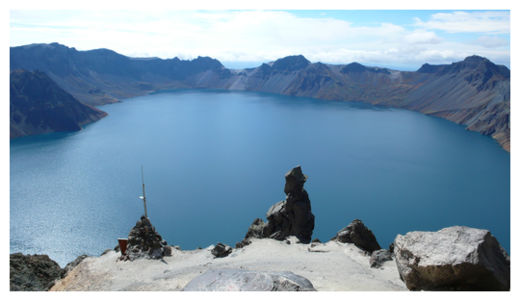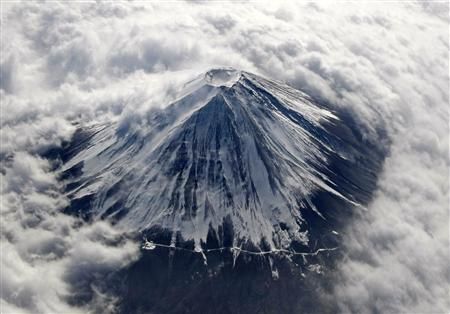
© Jiandong XuChangbaishan Volcano.
A very hazardous volcano at the border of China and North Korea is growing more active, and might erupt in the next few decades, researchers studying the area say.
About 1,100 years ago, the Changbaishan volcano in northeastern China erupted, shooting superheated flows of ash and gas up to 30 miles (50 kilometers) away and blasting a 3-mile-wide (5 km) chunk off the tip of the volcano. The explosion, known as the Millennium eruption because it occurred close to the turn of the first millennium, was one of the
largest volcanic events in the last 2,000 years.
Since the Millennium eruption, Changbaishan has seen three smaller eruptions, the most recent of which took place in 1903. Starting in 1999, driven by signs of resumed activity, scientists established the Changbaishan Volcano Observatory.
Now, data collected over the past 12 years suggest that changes in seismic activity, ground deformation and gas emissions all spiked during a brief period of heightened activity from 2002 to 2006. This suggests the
magma chamber beneath Changbaishan has awakened, researchers studying the volcano say.
The researchers saw the number of earthquakes increase dramatically during this burst of activity. From 1999 to 2002, and from 2006 to 2011, researchers detected seven earthquakes per month. However, from 2002 to 2006, this rate increased to 72 earthquakes per month, peaking in November 2003, which saw 243 events. Most of these quakes are tied to a region 3 miles beneath the volcanic crater that has risen slowly over the years, which suggests magma is creeping upward.

